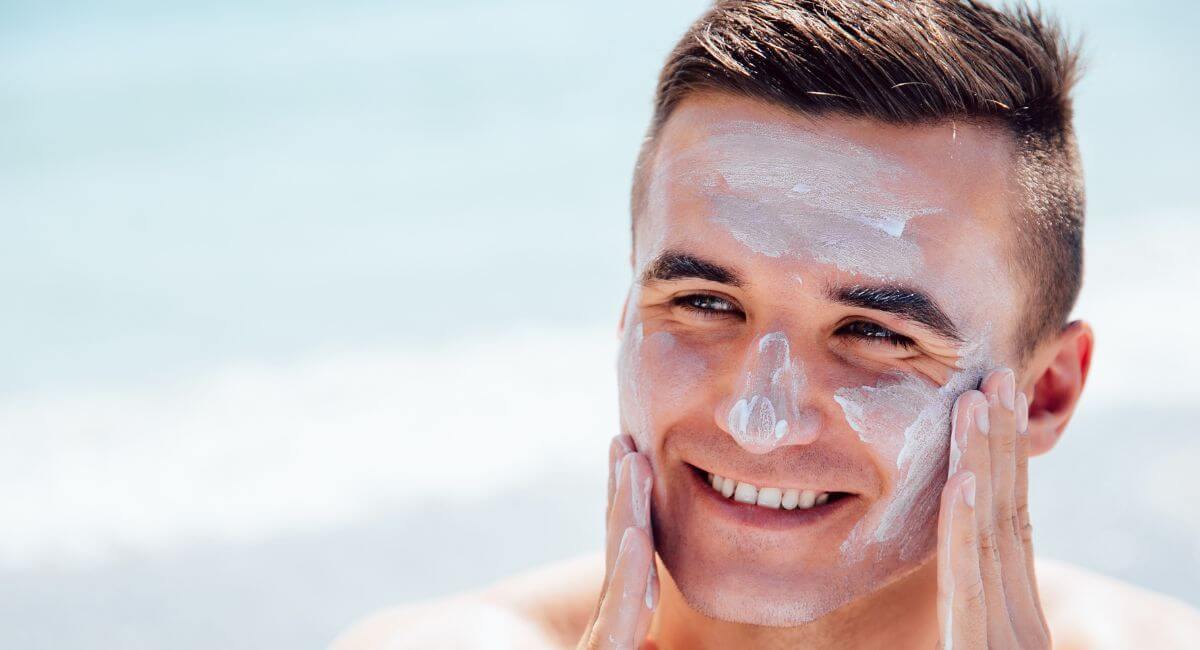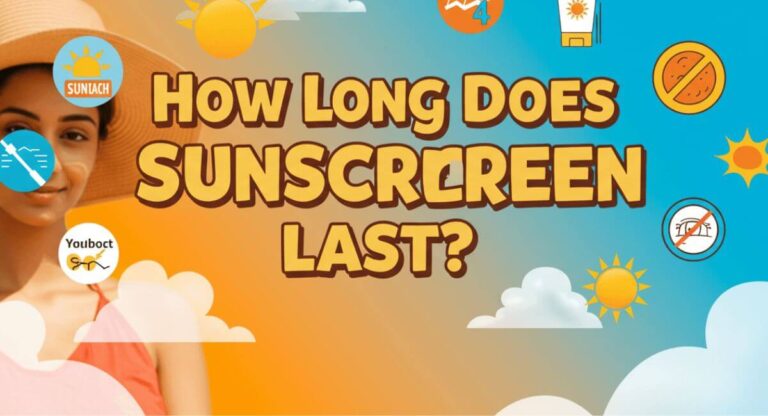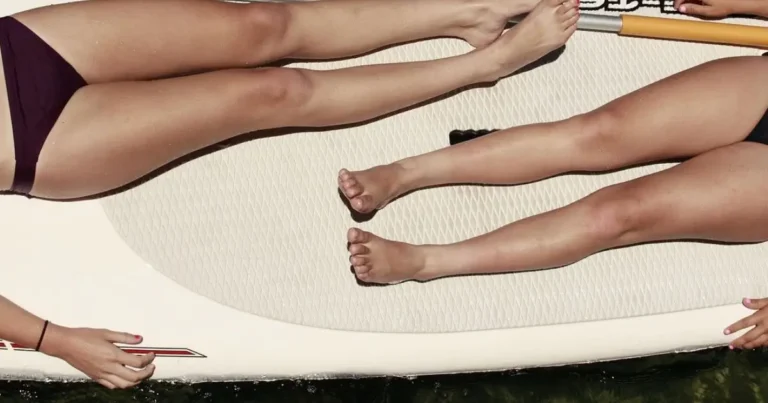How Often to Reapply Sunscreen? Let’s Clear That Up!
Table of Contents
When it comes to sun protection, most of us know we should be wearing sunscreen. But knowing exactly how often to reapply sunscreen throughout the day remains a source of confusion for many. Whether you’re hitting the beach, going for a hike, or simply running errands, understanding the right reapplication schedule is crucial for maintaining effective protection against harmful UV rays.
In this comprehensive guide, we’ll dive into everything you need to know about sunscreen reapplication – from the science behind why it matters to practical tips for different scenarios. Let’s cut through the confusion and establish clear guidelines that you can easily follow.
The Science Behind Sunscreen Reapplication
Before we discuss how often to reapply sunscreen, it’s important to understand why reapplication is necessary in the first place.
Sunscreens work in two main ways: chemical filters that absorb UV radiation and convert it to heat, and physical (mineral) barriers that reflect and scatter UV rays. However, neither type provides indefinite protection.
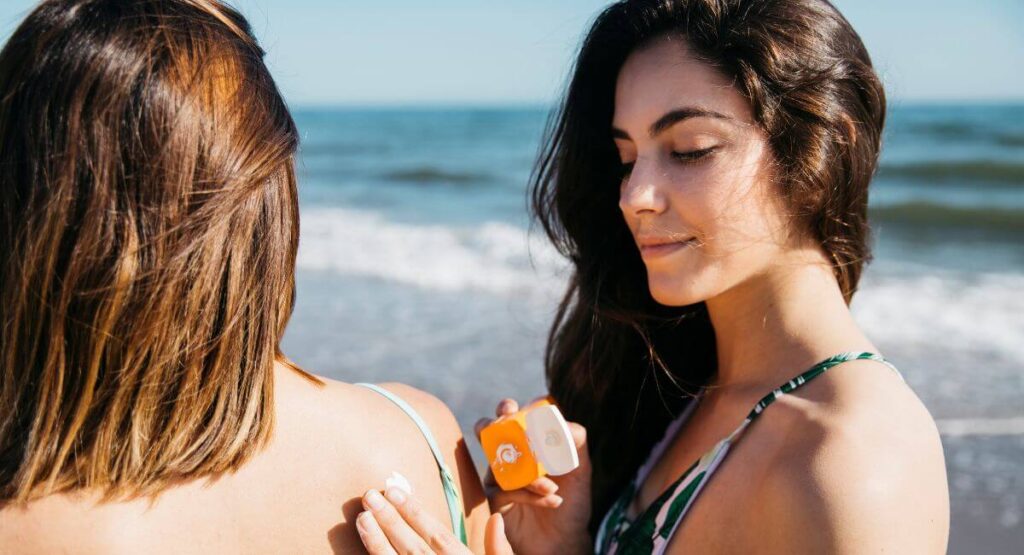
Why sunscreen breaks down:
- Chemical sunscreen ingredients gradually degrade when exposed to UV light
- Physical sunscreens can rub off, sweat off, or be removed by water
- The protective film formed by sunscreen on your skin naturally thins over time
Research published in the Journal of the American Academy of Dermatology shows that most sunscreens begin to lose effectiveness after just two hours of constant exposure. This degradation occurs regardless of the SPF rating.
The General Rule: Reapply Every Two Hours
The American Academy of Dermatology (AAD) and the Skin Cancer Foundation both recommend the same baseline: reapply sunscreen every two hours when outdoors, regardless of the SPF level.
This two-hour guideline serves as a reliable starting point for most everyday situations. However, certain circumstances require more frequent reapplication.
When to Reapply Sunscreen More Frequently
1. After Swimming or Excessive Sweating
Water-resistant sunscreens are formulated to maintain their effectiveness for either 40 or 80 minutes while swimming or sweating. Check your product label for specific details.
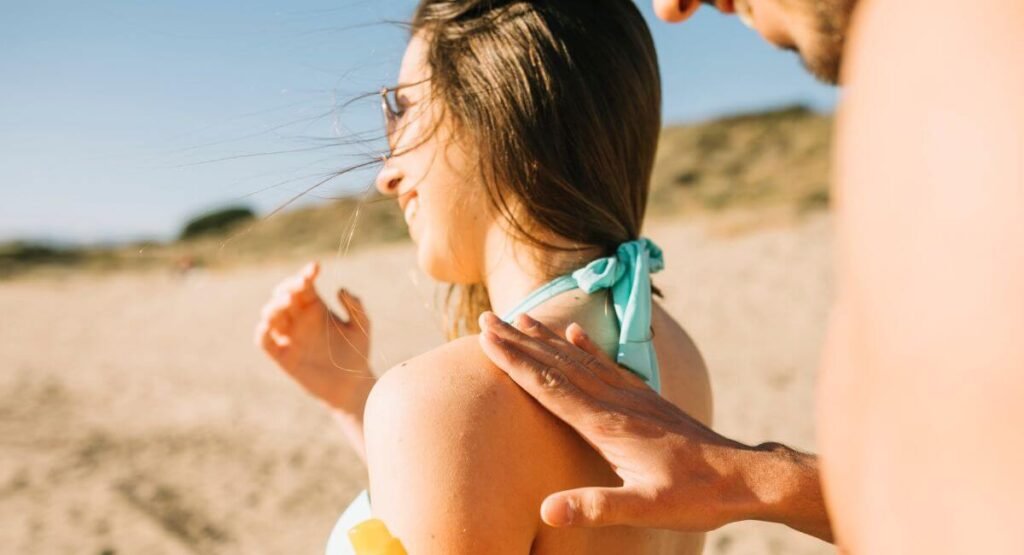
Reapplication guidelines after water exposure:
- For “40-minute water-resistant” sunscreens: Reapply after 40 minutes of swimming or sweating
- For “80-minute water-resistant” sunscreens: Reapply after 80 minutes of swimming or sweating
- Always reapply immediately after towel drying, as this can remove sunscreen from your skin
2. During Intense Physical Activity
If you’re engaging in activities that cause heavy sweating, such as hiking, beach volleyball, or running, you’ll need to reapply sunscreen more frequently.
A 2019 study in the Journal of Cosmetic Dermatology found that moderate to intense exercise can reduce sunscreen effectiveness by up to 40% due to sweat washing away the product.
Reapplication recommendation: Every 60-80 minutes during high-intensity activities, regardless of the sunscreen’s water-resistance rating.
3. In Extreme UV Conditions
When the UV index is very high (8-10+), especially at high altitudes, near reflective surfaces like snow or water, or near the equator, UV radiation is more intense.
Reapplication recommendation: Every 60-90 minutes when the UV index is extremely high.
Sunscreen Reapplication Based on Formula Type
Different sunscreen formulations have varying stability and adherence properties, which can affect how often you need to reapply.

Physical (Mineral) Sunscreens
- Containing zinc oxide and/or titanium dioxide
- Generally more stable in sunlight
- Main concern: physical removal from skin
- Reapplication need: Every 2 hours, or immediately after swimming/sweating/toweling
Chemical Sunscreens
- Containing ingredients like avobenzone, octinoxate, or octocrylene
- May degrade more quickly when exposed to UV light
- Reapplication need: Strictly every 2 hours, or more frequently in intense sun
Spray Sunscreens
- Often applied too thinly
- More likely to create uneven coverage
- Reapplication need: Every 1-2 hours, with special attention to ensure adequate coverage
How Much Sunscreen to Reapply
Quantity matters just as much as frequency. When reapplying, use the same amount as your initial application.
For adults, this means:
- Face and neck: approximately 1/4 teaspoon
- Each arm: approximately 1/2 teaspoon
- Each leg: approximately 1 teaspoon
- Front torso: approximately 1 teaspoon
- Back: approximately 1 teaspoon
Research consistently shows that most people apply only 25-50% of the recommended amount of sunscreen. This significantly reduces the actual SPF protection you receive.

Special Considerations for Different Situations
Reapplying Over Makeup
Many people struggle with how to reapply sunscreen when wearing makeup. Fortunately, several options exist:
- Powder sunscreens: Mineral-based powder sunscreens with SPF can be applied over makeup
- Setting sprays with SPF: These provide some protection while preserving your makeup
- Sunscreen cushion compacts: These allow for dabbing on additional protection
While these products are convenient, they typically don’t provide as much protection as traditional sunscreens. If possible, consider removing makeup and applying regular sunscreen when exposed to intense sunlight for extended periods.
Sunscreen Reapplication for Children
Children have more sensitive skin and are at higher risk for sun damage. The American Academy of Pediatrics recommends:
- Reapply sunscreen every 1-2 hours for children
- Use SPF 30+ broad-spectrum, water-resistant formulas
- Reapply immediately after swimming or toweling dry
- Combine sunscreen with protective clothing and shade when possible
Indoor vs. Outdoor Reapplication Needs
When spending time indoors, reapplication schedules can differ:
- Near windows: UVA rays can penetrate glass, so reapply every 2-3 hours if sitting near windows for extended periods
- Brief outdoor exposures: If you’re only stepping outside for short periods (less than 15 minutes), your morning application may be sufficient
- Working indoors all day: If you apply in the morning and stay completely indoors, reapplication is generally not necessary
Creating a Sunscreen Reapplication Routine
Establishing a routine makes regular reapplication more likely:
- Set reminders: Use your phone to set two-hour alerts when spending time outdoors
- Keep sunscreen accessible: Store products in multiple locations (car, bag, desk)
- Make it part of breaks: Reapply during natural breaks in activities
- Choose products you enjoy using: If you like the texture and scent, you’ll be more likely to reapply
The Bottom Line on How Often to Reapply Sunscreen
To summarize the key guidelines for how often to reapply sunscreen:
- Baseline recommendation: Every 2 hours of sun exposure
- After swimming or sweating: Immediately, or according to the water-resistance rating (40 or 80 minutes)
- During intense physical activity: Every 60-80 minutes
- In extreme UV conditions: Every 60-90 minutes
- Over makeup: Consider specialized products, but understand their limitations
- For children: Every 1-2 hours, with immediate reapplication after water exposure
Remember that no sunscreen provides 100% protection, which is why reapplication is just one part of a comprehensive sun protection strategy. Seeking shade, wearing protective clothing, and avoiding peak sun hours (10 AM to 4 PM) are equally important.
By understanding how often to reapply sunscreen in different situations, you can ensure that your skin stays protected throughout the day. Developing consistent reapplication habits is one of the most effective ways to prevent sunburn, premature aging, and reduce your risk of skin cancer.
What’s your biggest challenge when it comes to reapplying sunscreen? Let us know in the comments below!
Author’s Top Sunscreen Picks
- When Was Sunscreen Invented? 4000 Years Look at the Origins of Sunscreen
- Can You Tan with Sunscreen? The Truth About Safe Sun Exposure
- The Best Polarized Sunglasses for Your Needs: Why Sunglasses Are Essential for Sun Protection (Beyond Fashion!)
- Best Natural Sun Protection for Every Skin Type in 2025 (No Sunscreen Needed!)

